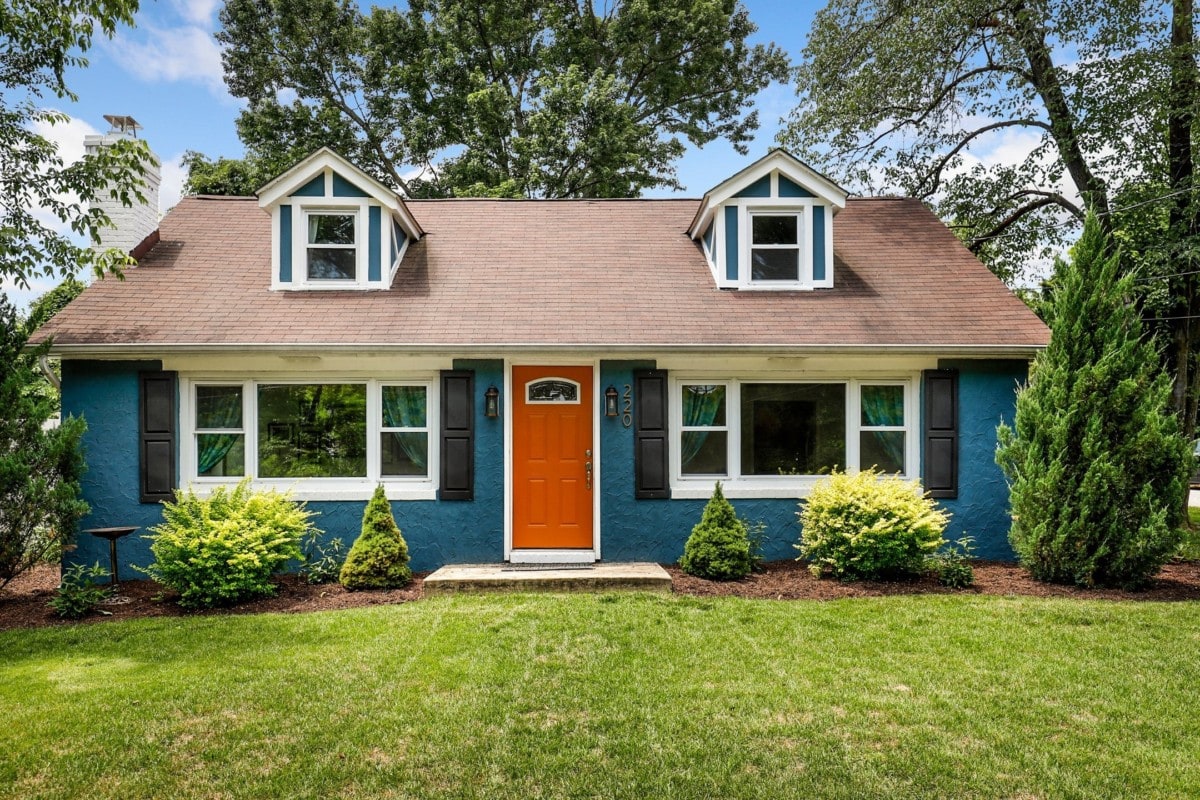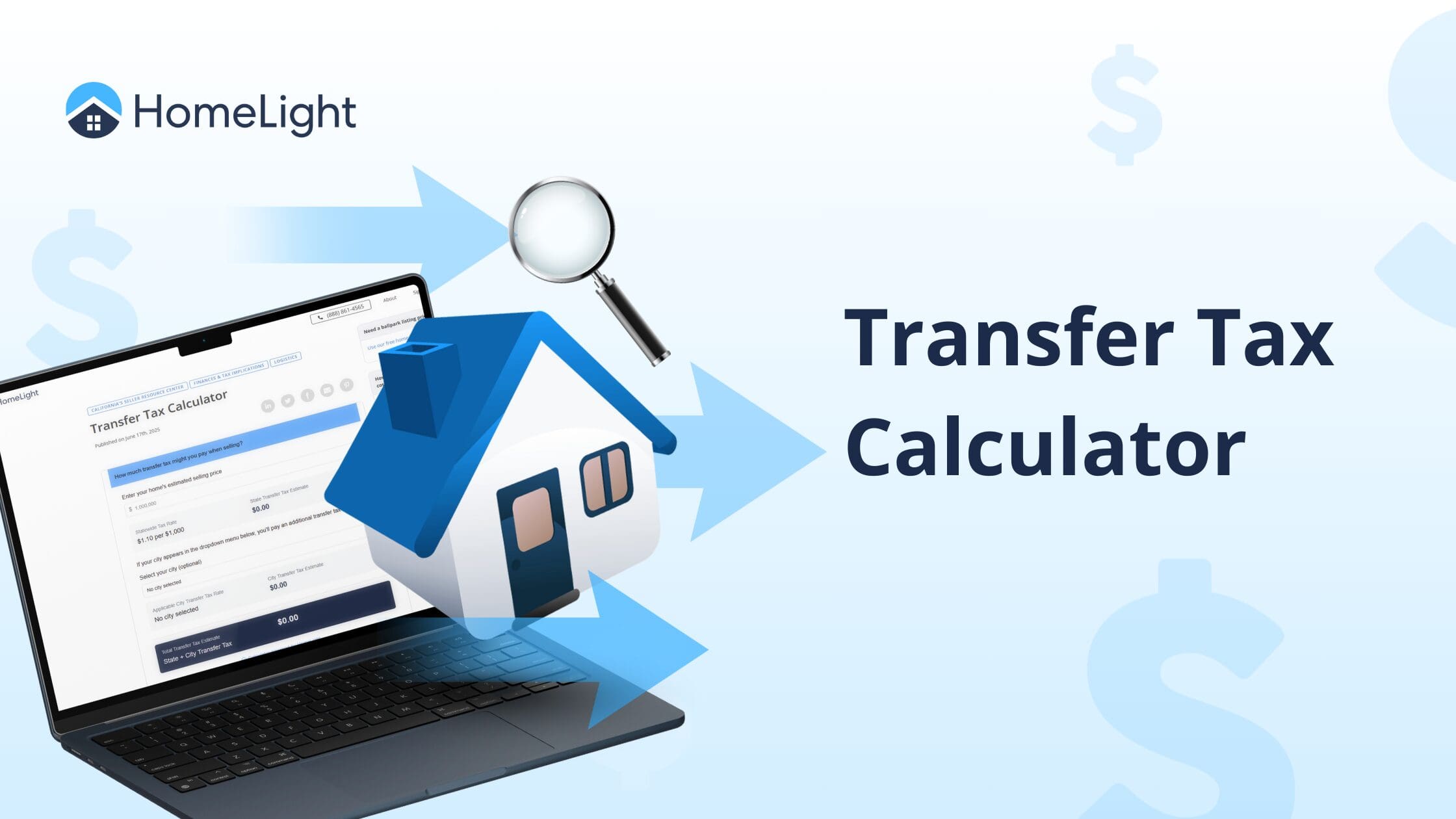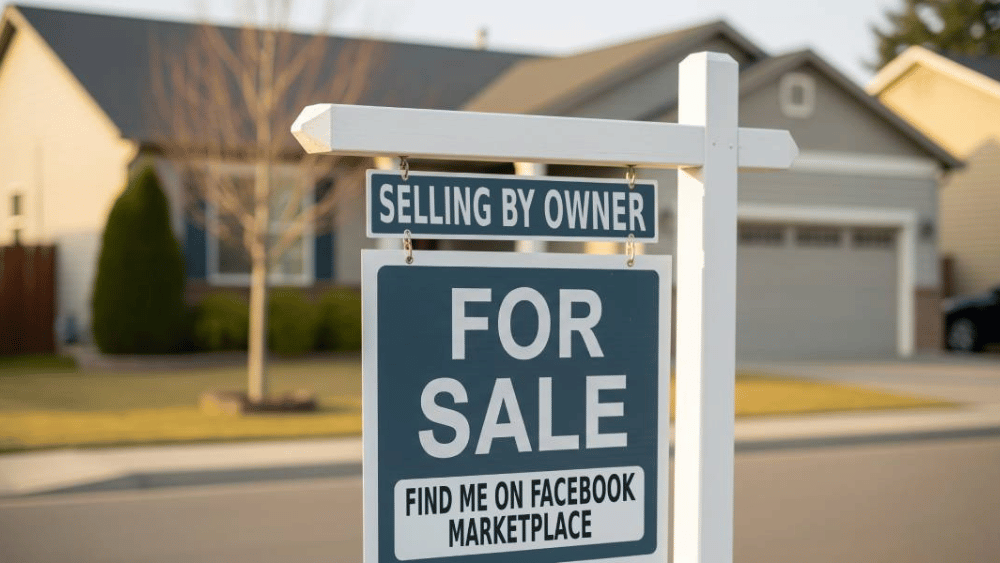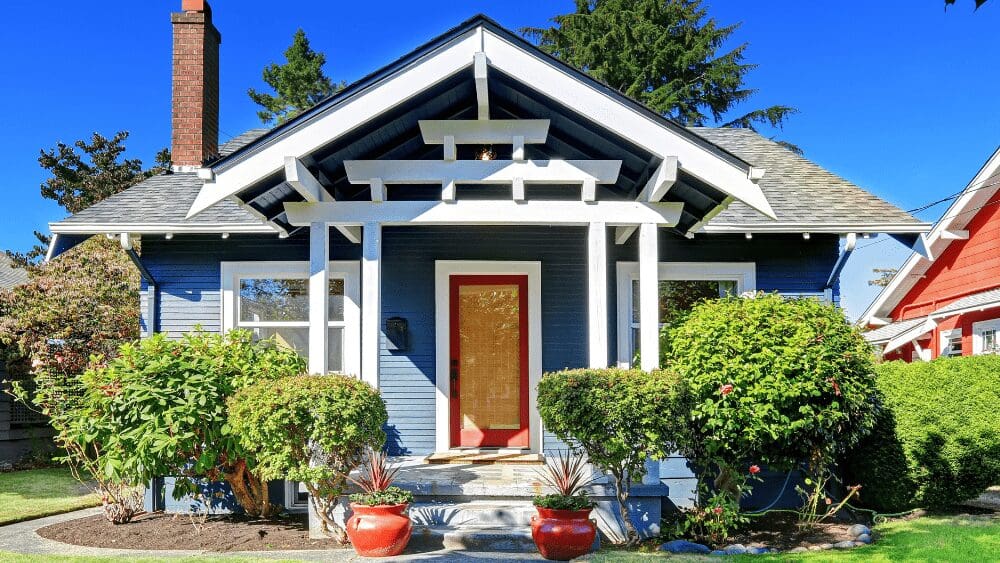As a renter, you’ve probably heard of “rent-to-own homes” or maybe “rent-to-buy.” If you’re considering making the leap from renter to homeowner, you may be wondering if a rent-to-own home is the right path to homeownership. Rent-to-own homes are just one option for buying your first home, but they’re not for everyone.
In this Redfin article, we’ll cover how rent-to-own works and if it’s the best option for your homebuying goals. Whether you’re renting a home in Atlanta, GA, or are looking to buy a house in Boise, ID, here’s what you need to know about rent-to-own homes.
Key takeaways
- Rent-to-own lets you rent a home with the option/requirement to buy at the lease’s end.
- You’ll pay an upfront fee (1-7% of the price), and the purchase price is set at signing.
- Part of your rent may go toward the down payment.
- It can be a good idea if you need to improve your credit or save for a down payment.
What does rent-to-own mean?
A rent-to-own, or rent-to-buy, home is a residential property that you agree to live in as a rental for a set number of years, with the option to purchase the house at the end of the rental term. With most rent-to-own agreements, part of your monthly rent is set aside for your future down payment.
How does rent-to-own work?
In a rent-to-own agreement, you’ll rent the home for a few years and then purchase it once the lease ends. Usually, you’ll have a mortgage. Key components of these agreements include:
- Option fee: Typically 1 to 7% of the home’s purchase price, it’s a nonrefundable deposit that secures your right to buy the home at the end of the lease. For example, if the purchase price for your property is $500,000, you’ll pay $5,000 to $35,000 before moving in.
- Rent credit/premium: A portion of your monthly rent is usually set aside and credited toward the home’s purchase price. Your contract should outline where your payments toward purchasing are kept, such as in an escrow account.
- Purchase price: The contract states the home’s sale price upfront, so you’ll know what you’re expected to pay when it’s time to buy.
Types of rent-to-own agreements
There are two types of rent-to-own agreements – lease-option and lease-purchase. Let’s explore them.
1. Lease-option agreement
A lease-option agreement means you’ll rent the home for a set time, but have the option to walk away at the end of the lease if you no longer want to buy the home. You’ll typically pay a bit extra in monthly rent in addition to a 1 – 7% option fee.
You and your landlord will agree on a purchase price at the end of the lease. While you’re not required to buy the home, you’ll likely lose the money you put down to secure the option to buy the property.
2. Lease-purchase agreement
A lease-purchase agreement typically states that you have to purchase the property and your landlord has to sell it to you at the end of the contract. If you fail to purchase the property, you can be sued or subjected to other penalties.
You’ll also lose any of the money you’ve already paid toward the purchase. However, in a lease-purchase agreement, you may not have to pay an option fee, just additional rent each month that goes toward the purchase price.
Is rent-to-own a good idea? Pros and cons
Before committing to a rent-to-buy home, it’s important to weigh the pros and cons. Here are some points to consider:
Pros of rent-to-own
1. Time to improve your credit score: For people with credit score issues, a rent-to-own home can be a great way to pave the path to purchasing your first home. Some lenders work with rent-to-own buyers to help them repair their credit and improve their finances to buy the house.
2. Lock in the sale price: Rent-to-buy purchases often offer renters the option to lock in the home’s sale price at the beginning of the lease. This can be helpful in certain housing markets where home prices increase over time. However, keep in mind that while the purchase price is set, your future mortgage interest rate is not.
3. Save on moving costs and get to know the area: Since you’re already living in the home, you won’t have to deal with the expense and hassle of moving again. You also get to familiarize yourself with the property and neighborhood before committing to the purchase.
4. Option to back out of the deal: If you have a lease-option agreement, you can walk away from the deal if the property has issues, your finances change, or you no longer want to buy the home.
Cons of rent-to-own
1. Additional monthly costs: You’ll likely pay extra in rent each month that goes towards the home’s purchase. While this helps build your down payment, it usually makes rent more expensive than a standard lease, which could be a financial strain.
2. Potential to lose money: If you’re building credit or saving up to purchase the home, there’s a chance you may not be ready to buy at the end of the lease. If you’re unable to buy your home at the end of your agreement, you lose the money set aside in the escrow account.
3. Paying more than the home’s value: It’s possible the agreed-upon purchase price may be higher than the market value at the time of purchase. If this happens, you’ll have to cover the difference or lose your purchase money.
4. Responsibility for maintenance and repairs: In many rent-to-own contracts, you’re responsible for maintaining the property and paying for any major repairs, which you’ll need to factor into your budget. In standard leases, the landlord would cover these costs.
Who is rent-to-own best for?
Rent-to-buy can be a great option if you’re on the path to homeownership, but are ready to buy now. It gives you time to improve your finances, lock in the purchase price, and live in the home. It may be a good fit for:
- Renters with a low credit score who need time to qualify for a mortgage
- First-time buyers who need to save for a down payment
- Potential buyers who want to test out neighborhood or home before committing
- Buyers in fast-growing markets who want to lock in a price early
How can I rent-to-own a home? Step-by-step guide
The rent-to-own process is relatively straightforward. Here’s a step-by-step breakdown of how the process works:
1. Find a rent-to-own property: You can find properties through a rent-to-own program or from an individual real estate investor. You can also work with a real estate agent or brokerage specializing in the rent-to-own market.
2. Get a home inspection and appraisal: You need to do these two things before signing the rent-to-own contract. You’ll also need to get them at the time of purchase to satisfy the requirements of your mortgage lender.
3. Agree on the purchase price: Your rent-to-own agreement will specify the home’s purchase price, so you’ll know upfront what you’ll need to pay at the end of the lease. In most cases, this price is set higher than the home’s current market value. However, if the housing market rises significantly, your locked-in price could end up being a better deal compared to future market prices. On the other hand, if home values decline, you could end up overpaying.
4. Review the rent-to-own agreement: Always have your contract reviewed by a real estate attorney. You should read your contract as well, but an attorney with your best interests in mind will give you the best advice as to whether your contract offers you financial protection.
5. Pay the option fee: Know whether your option fee is applied to your purchase, and don’t be afraid to negotiate the fee. The seller, especially if they’re an individual investor, may be open to lowering the fee if you take on maintenance, for example.
6. Make your monthly rental payments on time: Your contract will require that you stay on top of your monthly payments. If you fall behind on rent, you may forfeit your option to buy, the option fee, or any other money that was set aside for purchasing.
7. Get approved for a home loan near the end of your rental term: If you’re currently experiencing difficulties with your credit score, you may need to create a plan to improve your credit. Your mortgage lender may have free counseling options to help you get in the right place to get approval and pay lower interest costs. You should also work with your lender to determine the best time to start the mortgage process.
8. Purchase your home: If you’ve planned accordingly, you can close on your home at the end of your lease and begin making mortgage payments. Best of all, you don’t need to pay move-in costs or unpack anything because you’re already living there.
Questions to ask before signing a rent-to-own contract
If you’re considering a rent-to-buy home, there are some questions to ask before signing the contract:
- Is it a lease-option agreement or a lease-purchase agreement?
- What are the deadlines for when money and other obligations are due?
- What is the purchase price?
- How much of my rent goes toward the purchase price?
- Does the option fee go toward the purchase price?
- Who covers home maintenance?
- Who covers property taxes, home insurance, and other carrying costs?
- Which utilities are my obligation?
- What happens if I walk away?
Consider asking some of the same questions renters often ask when renting an apartment or home, like if pets are allowed.
How to spot rent-to-own scams
While it’s not pleasant to think about entering into a scam contract, unfortunately, there are rent-to-own scams out there. Some common scams include:
- The seller doesn’t actually own the home, and lists it as a rent-to-own property. Once you apply with your information, upfront fees, or nonrefundable deposits, they may take your information and money and disappear.
- The home is secretly in foreclosure, and once you buy the home, you’re responsible for any liens or debts associated with the property.
- The home has undisclosed issues, such as lead paint, mold damage, termites, or asbestos.
- The home is overpriced, and you may be paying much more than the home is worth. It’s important to understand what other similar homes in the area cost.
- There are unfair contract terms, like hidden fees, strict penalties, or clauses that make it easy to lose your option to buy.
There are other contractual scams that may cause you to lose out on the home or overpay in fees. If you’re considering a rent-to-own home, it’s important to have any contracts reviewed by an attorney.
FAQs about rent-to-own homes
Is a rent-to-own home right for me?
Rent-to-own may be a good choice if you’re planning to buy a home in the future, but need time to increase your credit score or save for a down payment.
How do I find rent-to-own homes?
There are many well-known rent-to-own programs available to prospective rent-to-buy buyers. Some common rent-to-own programs include Divvy, Home Partners, and Dream America. These are some larger programs, but there may be other programs that are more tailored to your market. You can also speak with a real estate agent who may be familiar with any rent-to-own properties on the market.
What alternatives are there to rent-to-own?
Depending on your reasons for looking at rent-to-own homes, there are some alternatives that may suit your goals.
- Down payment assistance programs: These programs can help reduce your down payment or closing costs and are available at the local, state, and federal levels.
- Low and no-down payment mortgages: There are several options available, like FHA, VA, and USDA loans. Each has varying requirements, so check each program to see if you qualify.
Should I work with a home seller or a real estate investment company?
With a rent-to-own agreement, you’ll typically buy from an individual home seller or investor or through a real estate investment company. There are advantages and disadvantages to both.
- Individual seller: You get the chance to know the seller, and they’ll likely be more open to negotiating. You may find it easier to work with a seller. However, they may be less reliable, or the relationship may change.
- Company: There’s typically a standardized process, but negotiating is less likely. You won’t have to deal with the emotional side of the selling process like you might with an individual seller.

















 English (US) ·
English (US) ·